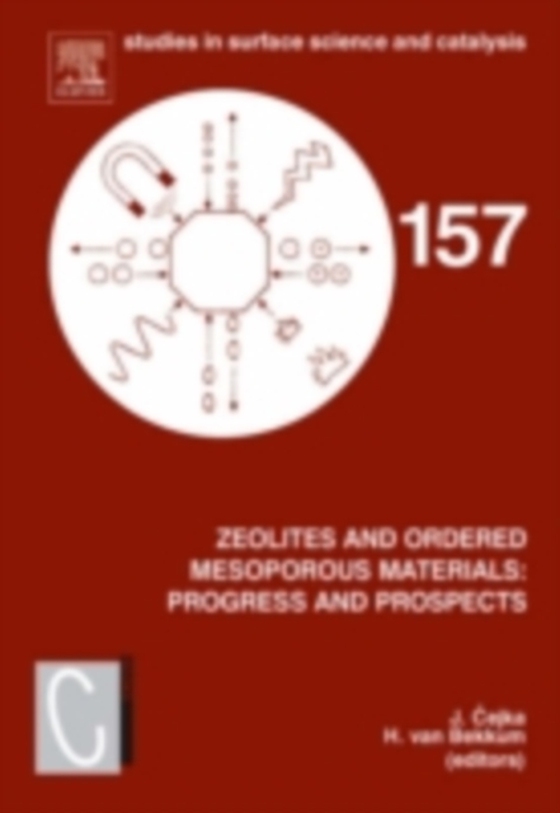
Zeolites and Ordered Mesoporous Materials: Progress and Prospects e-bog
2190,77 DKK
(inkl. moms 2738,46 DKK)
Zeolites are the most frequently used industrial catalysts. Their applications range from oil refining, petrochemistry and the synthesis of special chemicals to environmental catalysis. Rapid progress in basic research and the development of new processes has resulted in the first Federation of European Zeolite Associations (FEZA) School on Zeolites. Zeolites and Ordered Mesoporous Materials: P...
E-bog
2190,77 DKK
Forlag
Elsevier Science
Udgivet
9 august 2005
Længde
394 sider
Genrer
PNV
Sprog
English
Format
pdf
Beskyttelse
LCP
ISBN
9780080457338
Zeolites are the most frequently used industrial catalysts. Their applications range from oil refining, petrochemistry and the synthesis of special chemicals to environmental catalysis. Rapid progress in basic research and the development of new processes has resulted in the first Federation of European Zeolite Associations (FEZA) School on Zeolites. Zeolites and Ordered Mesoporous Materials: Progress and Prospects reflects the programme of the first School on Zeolites, held in Prague on August 20-21, 2005. Readers gain insight into the synthesis of the ever-expanding spectrum of zeolites, zeotypes and ordered mesoporous materials including the use of zeolites and mesoporous materials as catalysts in organic conversions. These range from the fascinating ship-in-bottle systems via cascade reactions to bulk applications in oil-refining and petrochemistry. Contributions from world experts enhance the book, with select chapters on trends in the molecular sieves field, zeolite structures, ion-exchange properties of zeolites, advanced applications (with unique technologies and opportunities) and a chapter on natural zeolites.* Contains contributions from world experts in the field * Includes an account of the frontier topic of high-throughput techniques* Reviews the application of quantum-chemical methods to zeolite science to show the necessity of combining experimental and theoretical approaches
 Dansk
Dansk

